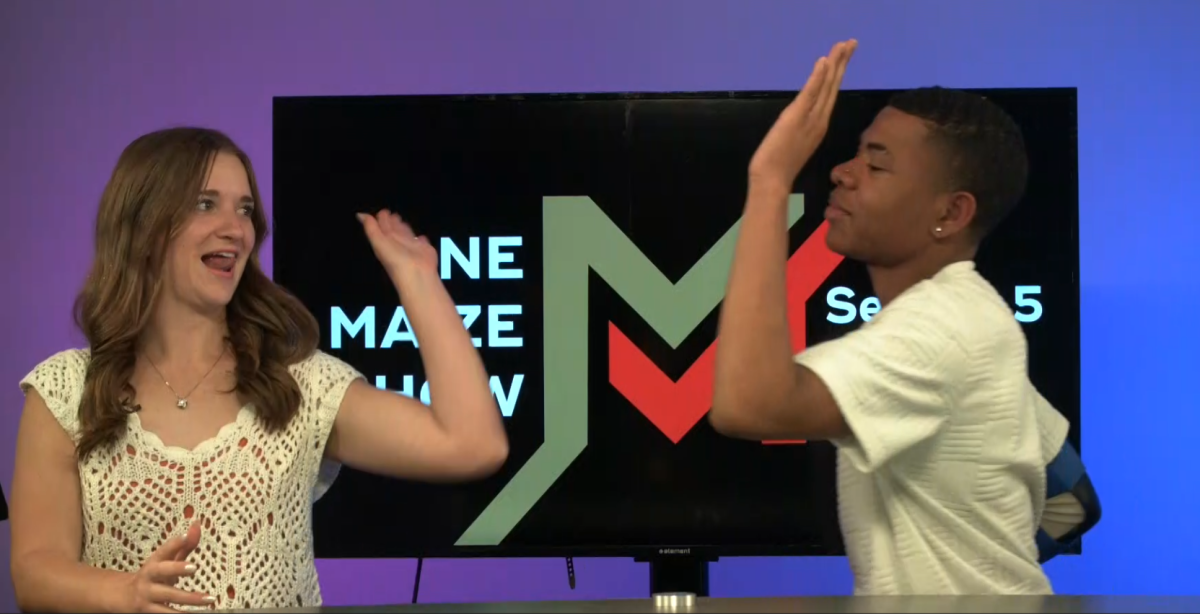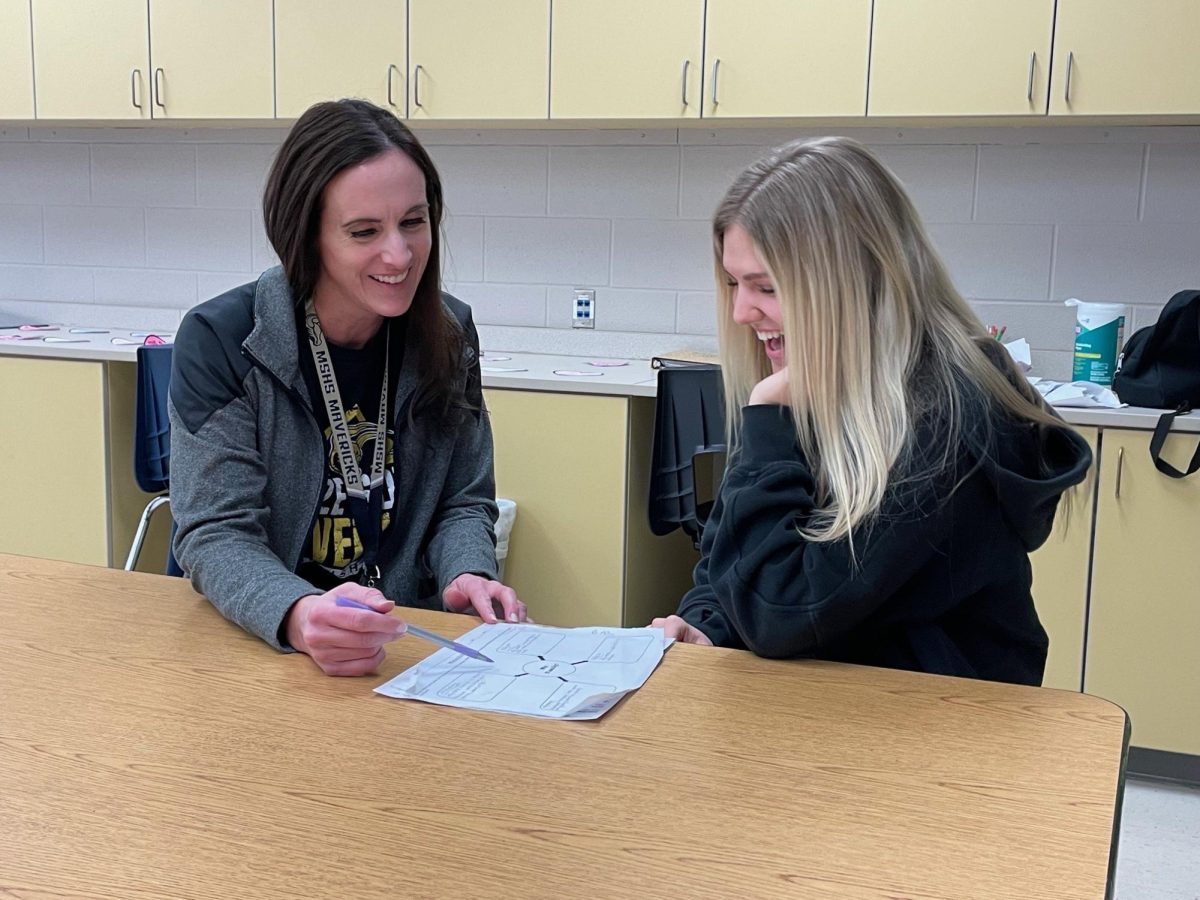Study: Shooter drills cause increased anxiety in students
September 11, 2020
Active shooter drills are a staple in the American school system, rising in popularity following Columbine High School’s shooting in 1999. Now, 40 states require them, with at least 95% of schools practicing them since 2017, the National Center for Education Statistics said. However, recent research conducted by Everytown Research that shooter drills are having a drastic effect on students’ mental health.
Social media profiles of students from 114 K-12 schools were surveyed, focusing on 90 days before and after a shooter drill. Following an active shooter exercise, Everytown found a 39% increase in depression and a 42% increase in stress and anxiety. Stress about death increased by 22%.
“We try to minimize the anxiety, but that doesn’t always work,” school resource officer Jamey Dover said. “I have heard of some drills that were so intense it caused serious issues. Our district tries to balance the need for the drills […] with student concerns […] in mind.”
With active shooter drills now commonplace in schools, some students are noticing that the drills have little to no impact on their mental state anymore.
“I don’t think [shooter drills] really [do] affect my mental health anymore,” senior Samuel Hoekstra said. “I think it used to add some extra stress. […] But now, […] the intercom comes on, they say ‘This is an active shooter drill,’ […] and I’m just like ‘Oh, OK. Cool. Time to […] hide in a corner with a bunch of my classmates.’”
Sophomore Jade Pharis is worried about the overall effectiveness of active shooter drills.
“On one hand, it provides comfort knowing we would be ready to deal with that situation,” Pharis said. “On the other, […] what if it’s not enough? Sometimes I get paranoid knowing the chance [of an active shooter in school] isn’t that small.”
Without any concrete evidence proving shooter drills’ value, however, Everytown pushes for school decision makers to decide whether the potential benefits outweigh the noted detriments on students’ mental health.
“It wasn’t just a short duration that everybody shakes off,” Sarah Burd-Sharps, Everytown’s research director, said. “It’s having a lasting impression.
To combat anxiety about school shootings, the district has implemented Safe Defend boxes in several classrooms. The boxes are unlocked with a teacher’s fingerprint, alerting the rest of the building as well as the police. The Safe Defend boxes contain first aid equipment and items needed for self defense. The district is also in the process of changing the locking system.
“Unfortunately, I don’t know that there is a lot that can be done [about anxiety concerning shooter drills],” Dover said. “I also think there is always room to improve. Trying to find a balance between effective drills that will actually help prepare students and trying not to scare them is delicate.”





